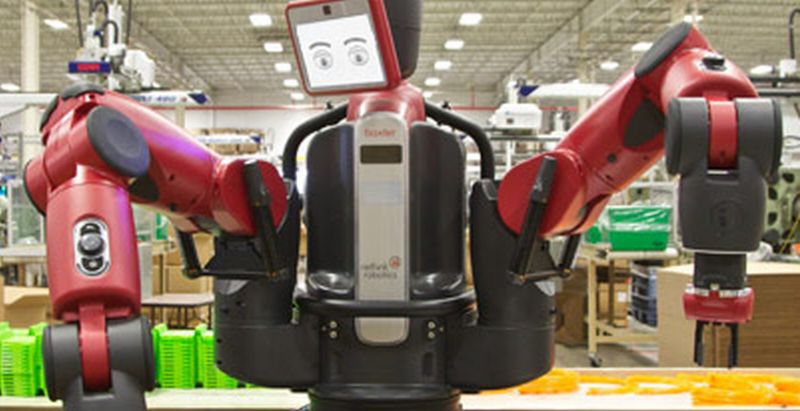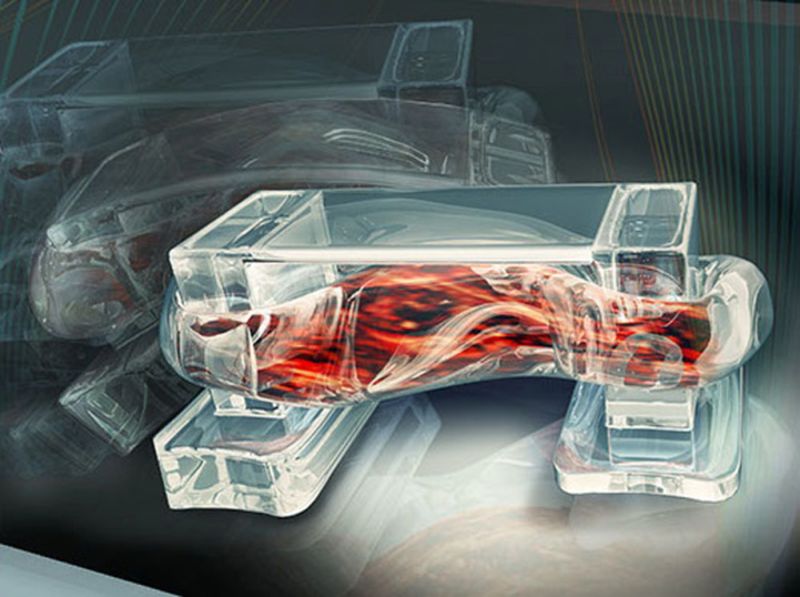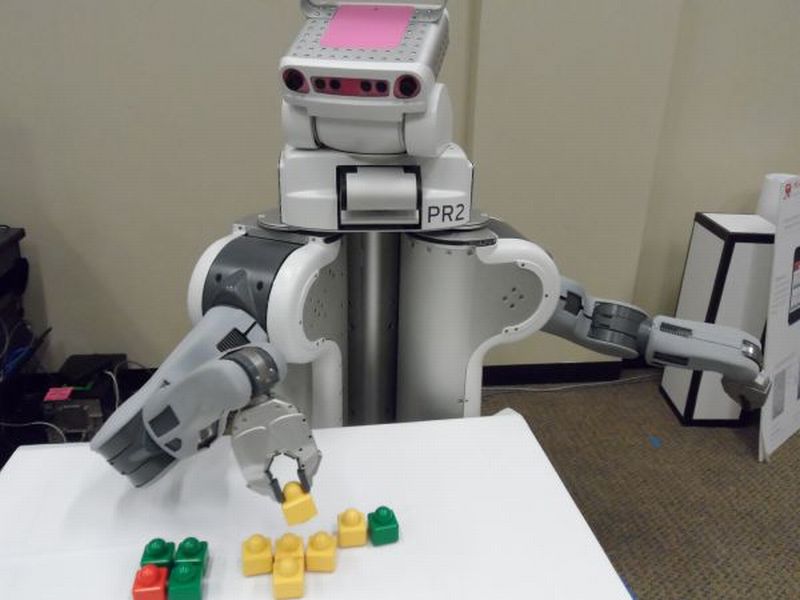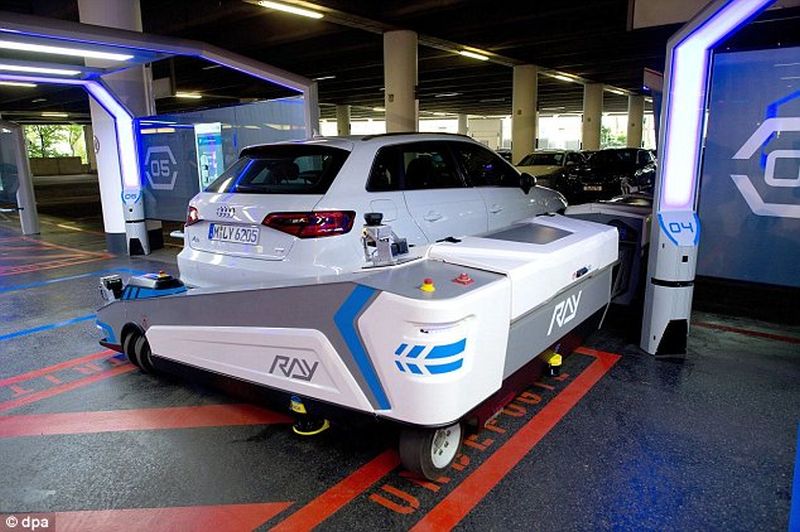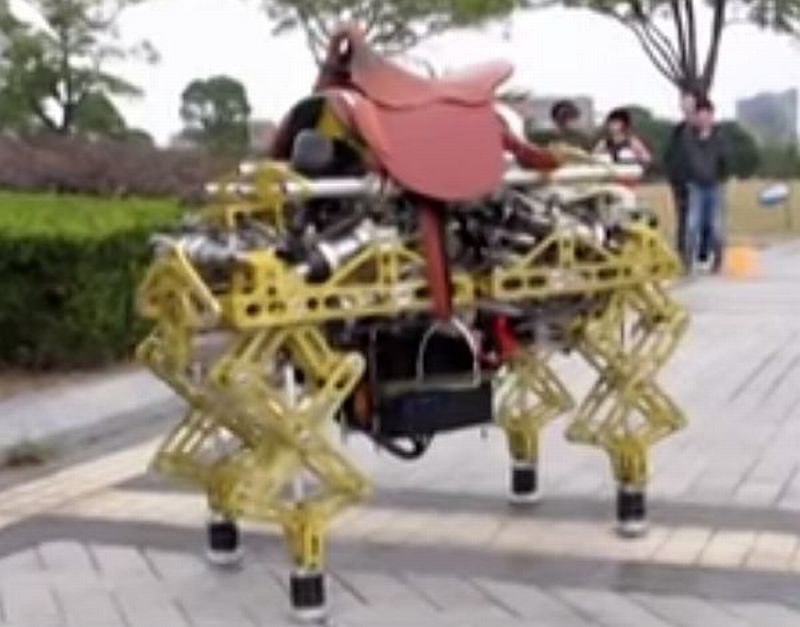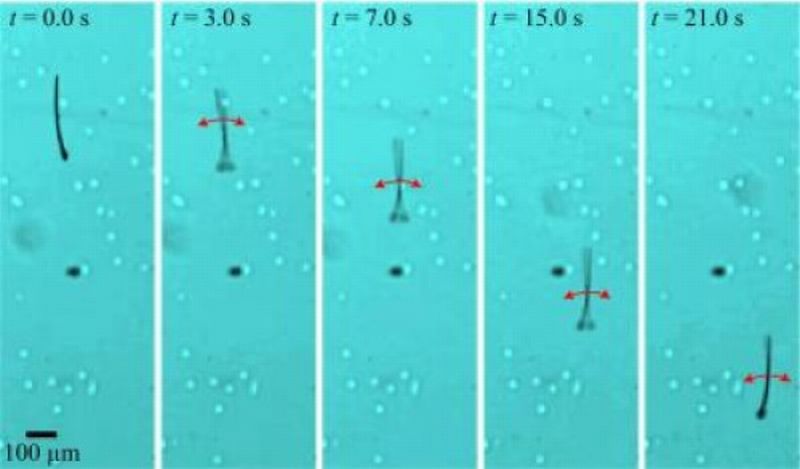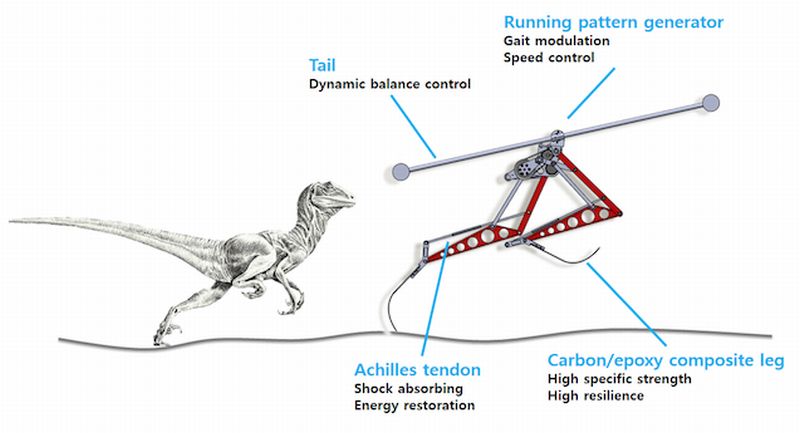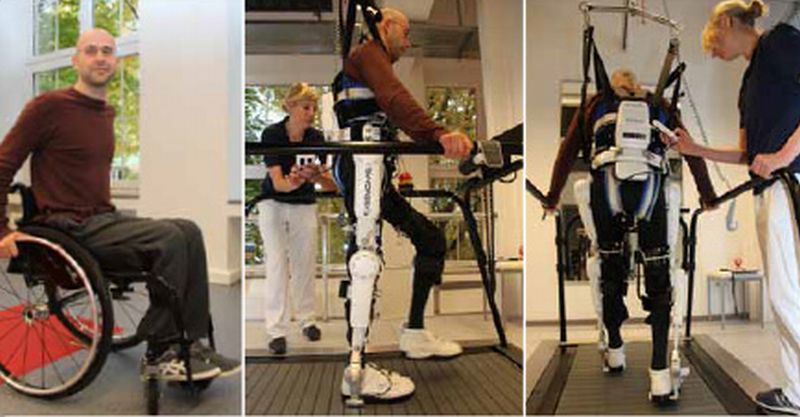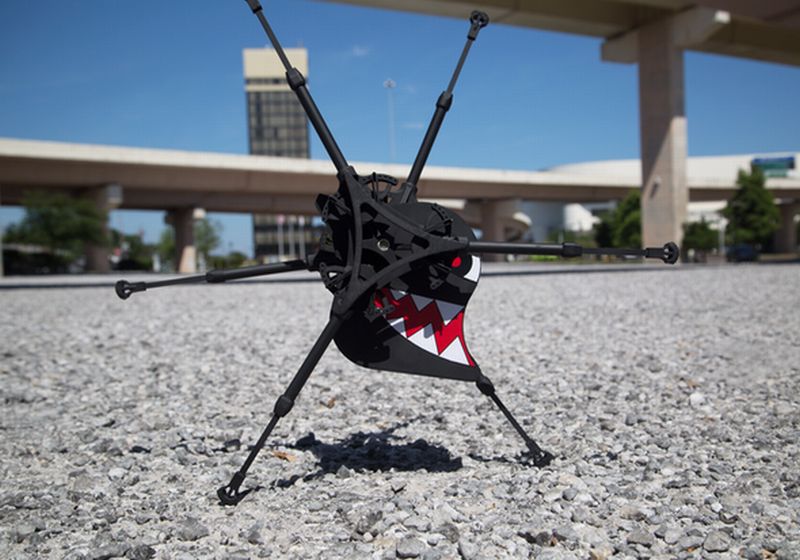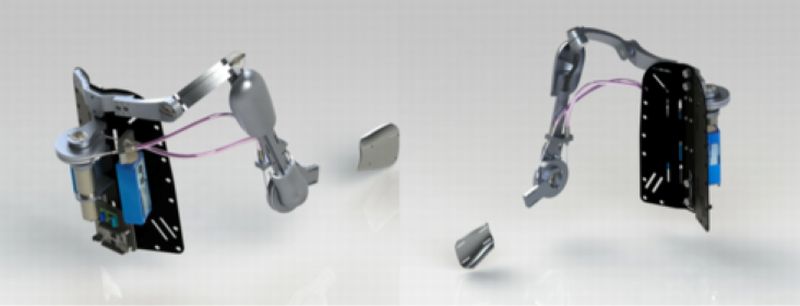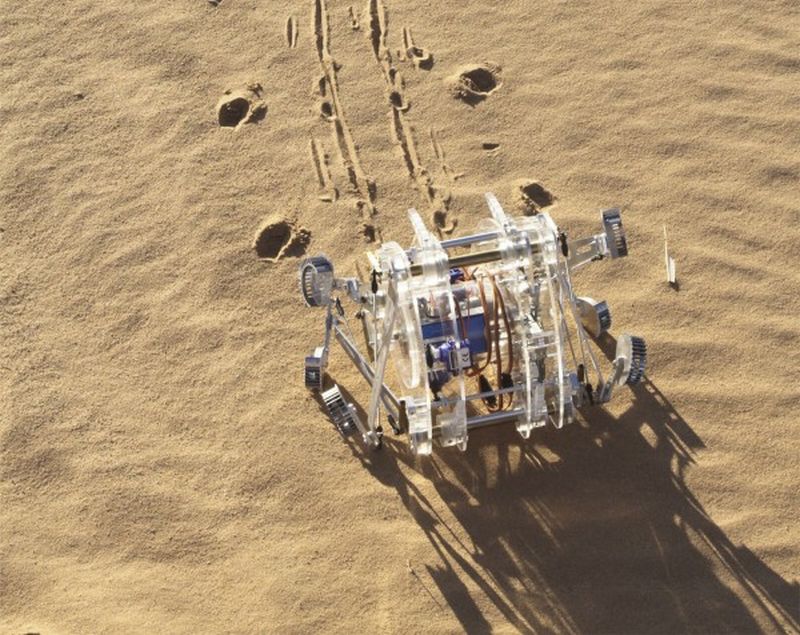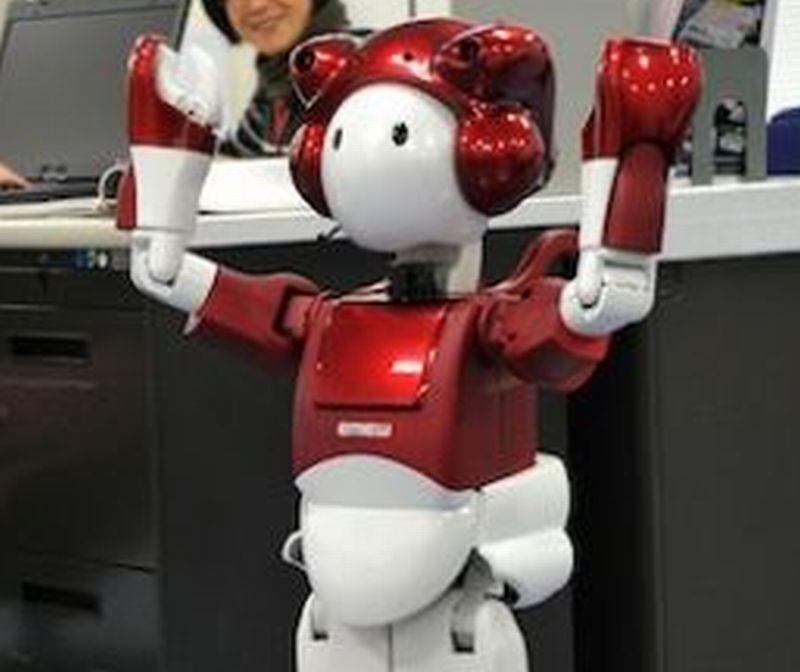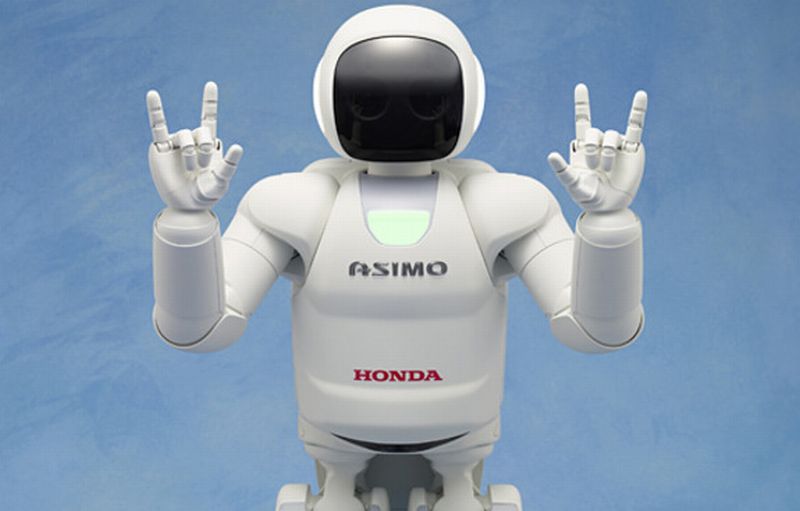Baxter Research Robot is an interesting and affordable concept for the corporate and academic robotics research across the world. It would help teaching fifth graders how to code on a real robo machine. Targeted towards academic and corporate R&D departments, it would assist in human-robot interaction and collaborative robotics to the next level. Safe and reliable hardware platform The humanoid robot platform is worth $25,000 (USD). It consists of two 7-axis arms, embedded cameras, sonar, torque based sensors and direct programming access through standard Robot Operating System interface. It makes…
Read MoreTag: robotics
Skeletal Muscle Cell Powered Bio-Bots: Micro-Bots controlled by an Electric Field
Inspired from living organisms, researchers try to create robots that can simulate living creatures mechanically or chemically. This field of science is named as Biorobotics. A team of researchers at the University of Illinois at Urbana-Campaign has made a miniature walking bio-bots that derive its power from living muscle cells. And their movement can be regulated externally using electrical pulses.
Read MoreOnline Interactive Visualizations: New Learning Tool for Robots
Researchers at the University of Washington have come up with an approach where robots would be working or learning new skills via collaborating working by shooting a set of query to a larger online community. Rajesh Rao one of the lead scientist asserted that they are taking the one to one interaction to the next stage where the machine would be asking help from the whole world in case it happen to stuck at some problem or a puzzle. Until now, robots could only acquire learning through imitating humans, which…
Read MoreAutomated Parking System: ‘Ray’ the New Parking Assistant
Nowadays it is a major challenge to find a perfect parking space in cities, especially in a busy area like markets, railway station or at the airport. The trouble further increases when you are in a hurry to board a flight or watch a movie in the theater.
Read MoreBiomimicry: Baby Elephant with Parallel Mechanism Legs
Until recently, most robots were designed to assist humans, right from the kitchen to their office premises we have seen these bots performing multi-tasking. Many fascinated machines have been fabricated keeping the nature in mind and this has led to a new field within robotics called the biomimicry. Every now and then, researchers come up with mind blowing ideas and concepts which creates an awe amongst the masses and this time, researchers at Shanghai Jiao Tong University, Shanghai, China has created the same wave with their ‘baby elephant’. The robot…
Read MoreMagnetoSperm Microrobots for the Nanoworld: Biomimicry
Nature does not stop us marveling at its splendor be it at macro level or micro scale. There are limitless options to investigate and get inspired. Biomimicry is one such field in robotics, which is completely drenched with nature’s splash. Researchers do not leave any stone unturned when dealing with robos inspired from nature, lately a concept is put forward by experts at the University of Twente, Netherlands. They have taken inspiration from nature’s locomotion at microscale and have combined the process of two micro-scale entities like magnetotactic bacteria and…
Read MoreSprinting Robot Raptor based on Velociraptor: Faster than Cheetah
Whenever we talk about speed and agility, first thing that comes to our mind is Boston Dynamics Cheetah, which runs at a speed to about 45.5 km/h. Until now, none of the bots have been able to give tough fight to the big cat, however, it seems, researchers at KAIST are preparing to stand tall with their new sprinter, Raptor. It has shown an impressive speed of 46 km/h, which happens to be slightly more than the big cat. Wow! Experts at the Korea Advanced Institute of Science and Technology’s…
Read MoreHAL Therapy: The Medical Service with Robot Suit
Team of researchers at the Centre for Neurorobotic Movement Training (ZNB) in Bochum is testing the HAL robot suit, which was initially fabricated by Japan in 2011. The robot suit was aimed at providing self-sufficiency to patients who have been paralyzed from the waist down. The condition, paraplegia causes impairment in both motor and sensory function of the lower limbs hence, the brain signals fail to co-ordinate within the limbs. And the weak signals are then lost within the system. It is here that the HAL robot suit comes into play.…
Read MoreBiomimicry: Outrunner’s Steering based on Bipeds Walking Mechanism
In an effort of inculcating the sci-fi trends – where robots are doing the great things – into the real world, researchers at the Robotics Unlimited, a spinoff of the Institute for Human and Machine Cognition (IHMC) in Florida, are working hard towards designing bots that might assume a role into the everyday life of humanity. Thinking on the same lines, they have developed a Kickstarter project, aim of which is to fabricate next-gen robots. The robots are designed keeping simplicity and convenient operation in mind along with affordability. After…
Read MoreTitan Arm: An Affordable, Streamlined and Wireless Upper Body Exoskeleton
Resemblance back to the normal lifestyle after getting an injury to either of the limbs is li’l difficult. Although there are physical therapies available but the process is quite lengthy plus there isn’t enough guarantee of making hundred percent recuperation. Robotics does offer an alternative solution in terms of prosthetics but the cost factor has always remained one of the biggest huddles. Research students from the University of Pennsylvania have come up with a robotic arm exoskeleton, which is portable, powerful and at the same time quite an affordable invention.…
Read MoreBiomimicry: Tabbot Mimics Cartwheel Movement of Desert Spider
After the termites inspired crew of tiny autonomous bots, insect-inspired Micro-Robots and Gimball, biomimicry has a new entrant called the Tabbot. It is a tiny bot inspired from Morocco based spiders famous for doing cartwheels effortlessly. Interestingly, these spiders are capable of doing cartwheels up and down the sand dunes. Ingo Rechenberg, a professor at the Technical University of Berlin has been credited for this discovery. In order to preserve and utilize the resourcefulness of this unique mode of locomotion, the researcher has already fabricated a small bot that works…
Read MoreFarm Bots Will Milk the Cows: Robotics in the Ranch
Robots are quickly making entry into almost all aspects of human work from household to industries, these machines are just everywhere making work easier and faster too. They have also entered in dairy farms, which were so far managed by humans.
Read MoreHuman Brain Simulated on Circuit Board: Mimicking Neurons and Synapses
Inspired by human brain, bioengineers at Stanford University have fabricated microchips that are relatively faster and energy-efficient where power consumption of PC is about 40k times more. Researchers envision that this would lead a novel way of understanding human brain as well as might take robotics especially prosthetics to the next level. Matching the Brain For an efficient mimicking of neurons and synapses, the team designed 16 Neurocore chips. Jointly these 16 chips were able to simulate about 1m neurons and billions of synaptic connections.
Read MoreHumanoid: EMIEW 2 Can Mimic Human Navigation Effortlessly
Hitachi has introduced its new and improved EMIEW 2 humanoid robot. The predecessor of this robot, EMIEW (Excellent Mobility and Interactive Existence as Workmate), was presented in the 2007 as a service robot aided with multiple communication functions which could safely perform services for humans in an office. The impressive looking EMIEW2 robot measures 80 centimeters in height and 14 kilograms in weight and moves at a high speed of 6km/hour. For the mobility purpose, the robot features a unique system of wheels and legs, which allows it to climb…
Read MoreASIMO the Next-Generation Humanoid: A Total Knockout
HONDA unveiled its first ASIMO robot in the year 2000. ASIMO or Advanced Step in Innovative Mobility was designed to help people who lack mobility and has come a long way since then. The latest prototype of ASIMO, HONDA humanoid robot was displayed at the International Auto Show in New York and was seen walking, running quickly and even climbing stairs with ease. Additionally, it can dance, kicks the ball, even jump and can handle uneven surfaces too.
Read More
